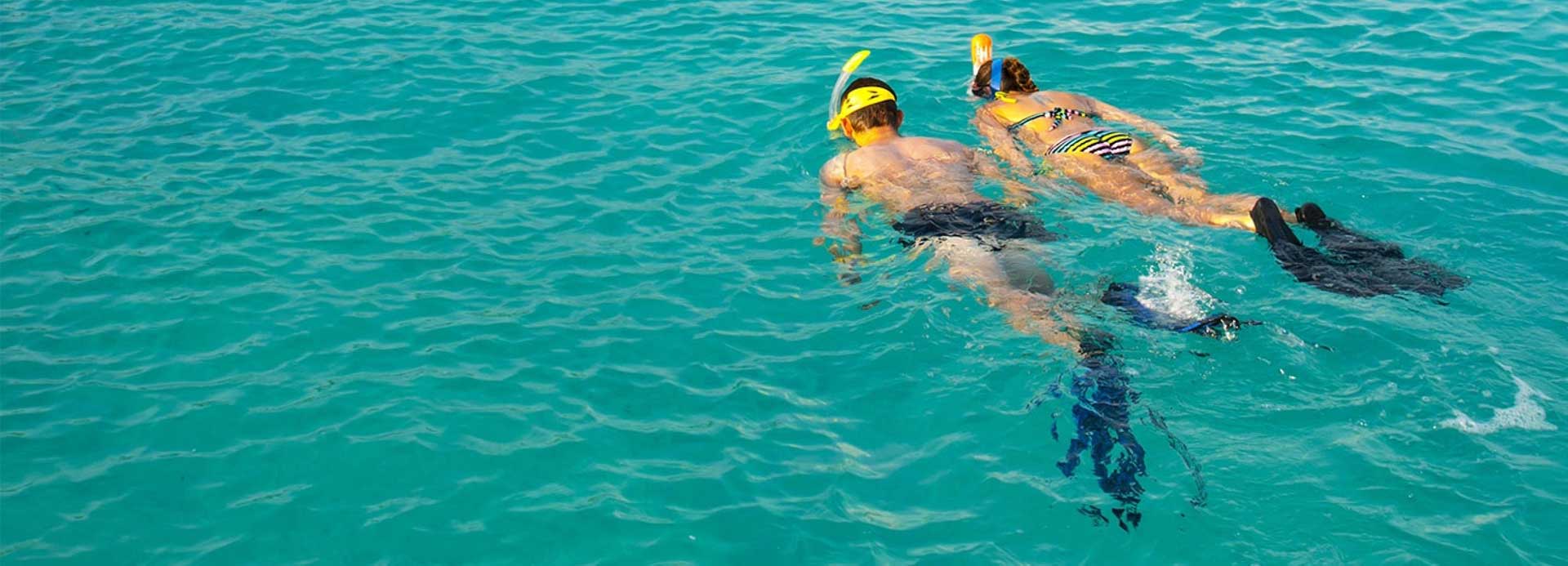Ten Tips to Get Started in Wildlife Photography
1. Know your subject.
Understanding Wildlife Photography behavior is key to being a good wildlife photographer, especially when your subjects are wildlife. Research and observation will give you a greater chance of capturing an interesting moment than just walking by and snapping a photo.
2. Know your gear
Don’t be discouraged by not having the most professional photography equipment. The best camera is the one you have with you. When you know the pros and cons of your gear you’ll be able to take advantage of what is possible with what you have, and be prepared when the moment arises.
3. Get up early
The best light for outdoor photography occurs an hour after sunrise, and an hour before sunset. In my experience the best time to have wildlife encounters is early morning.
4. Go Prone
Low to the ground is usually a great angle to photograph wildlife. Try laying down, or other angles that might seem awkward at the time. You will be impressed with the difference it makes.
5. Be Patient
One of the things I love about photography is the instant gratification I get from an awesome shot. Wildlife takes a little more time to get that shot. Take the time to follow tip 1 and observe your subjects behavior to be ready. Frustration can get the best of you if you miss a perfect moment, brush it off and remind yourself you’re getting better as a photographer because of it.
6. Find your style
Rather than just framing your subject within the photo, try shooting wider and closer and see what style you prefer. Although I can’t always get as close as I’d like without owning a massive 600mm lens, I prefer close shots; especially of insects and flowers.
7. Be Considerate
Setting up a shot is one thing – but being cruel to the wildlife you are admiring is another. Using playback (playing a bird call) to attract subjects is generally frowned upon and in my opinion makes photography less enjoyable. Have lines drawn in the sand for what you’re willing to do for the perfect shot and stick to it. For me I will move small subjects like insects or amphibians, to a nearby location (like a rock or leaf) but I will never put them in danger or handle them excessively.
8. Plan your shot
If you want to capture a moment in a unique way – be prepared with the right settings. I’ve been caught off guard when I wanted to capture the movement of a frog jumping with a slow shutter but it leaped before I expected, and my camera was still set to a fast shutter speed. Know what you want to capture before it happens.
9. Enjoy Yourself
Don’t forget to enjoy your time in nature. I bring my camera everywhere but sometimes I’m out and just want to take it in without a lens in front of me. Don’t feel bad that you’re missing out; any experience in nature will make you a better wildlife photographer.
10. Get Inspired
Visit Wildlife Photographer of the Year exhibit to see some amazing wildlife photography from around the world.


